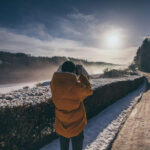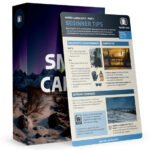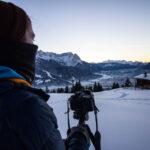Software is smarter than ever before. For photographers, this has greatly simplified the editing workflow and made complex tasks easier. A great example is when Adobe introduced range masks some years back. This allowed photographers to quickly create masks based on a certain color or brightness, thereby saving time. This time around, with a recent update in Lightroom, Adobe has again introduced certain improvements on the masking front. Professional landscape photographer Mark Denney walks you through some helpful information regarding the new masking tool while giving you a live demonstration of how you can use it:
Landscape photographers constantly need to deal with the extreme dynamic range between the sky and the foreground. In the latest update, Adobe has simplified the process by letting us choose the sky using a single click. Doing so creates a mask on the sky, allowing us to make a variety of adjustments. Once done with the sky, simply invert the mask—and voila, Lightroom applies the mask to the land region. It’s stunningly simple.
Another important change you can see is that the luminance mask and color range have been separated from the radial and graduated filter. This has opened up various new opportunities by making a more flexible editing environment. The demonstration that Denney gives in the video is a great reference. Make sure to watch the video for better clarity.
It’s also great to see how the masks are now layered up just like in Photoshop, and how each mask has its own visibility toggle. These make organizing masks and checking the effect of each mask much more convenient.
Have you played around with masks in Lightroom? What do you think about it? We’d love to hear about your experiences below.
Like This Article?
Don't Miss The Next One!
Join over 100,000 photographers of all experience levels who receive our free photography tips and articles to stay current:






Leave a Reply